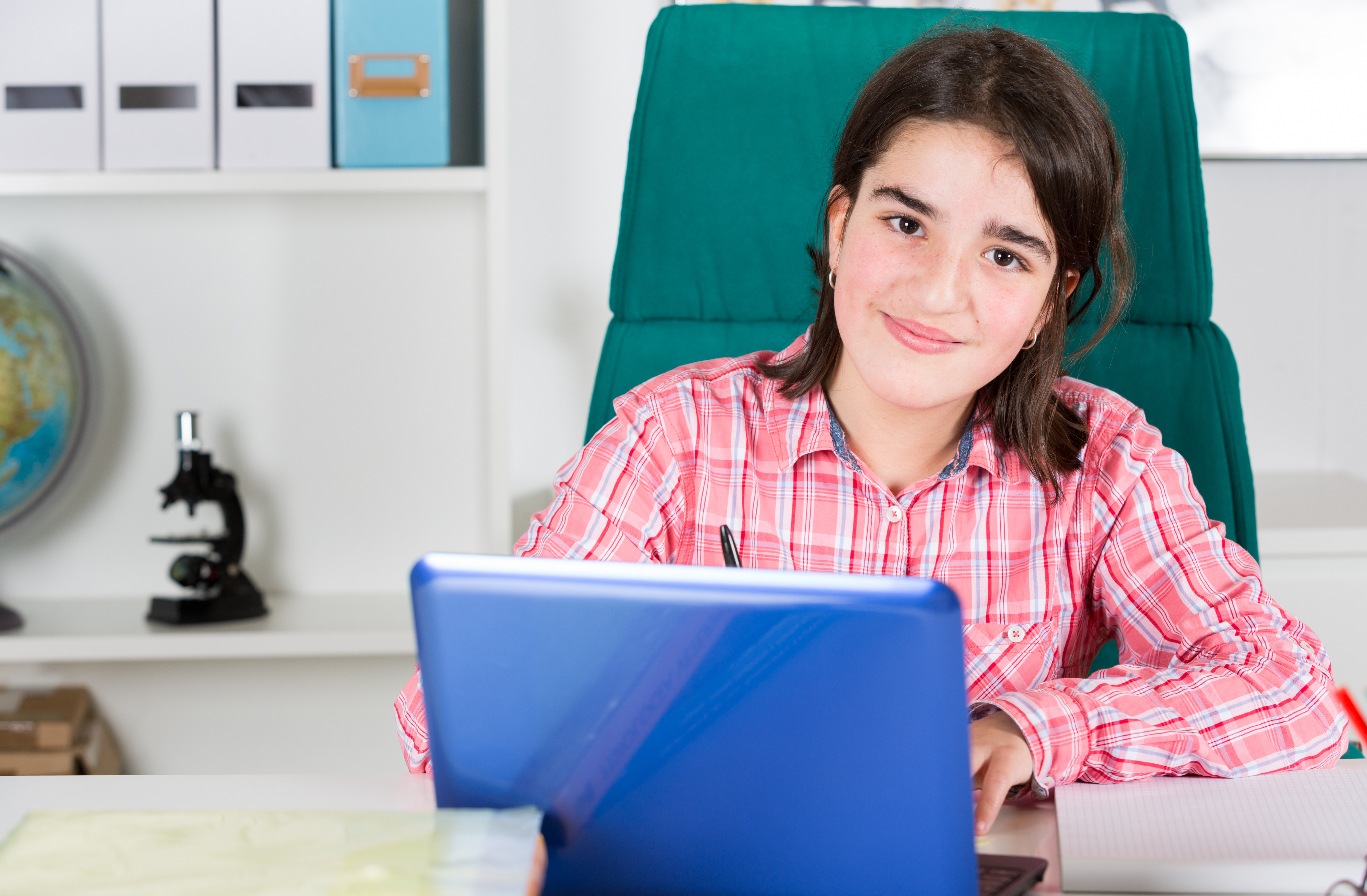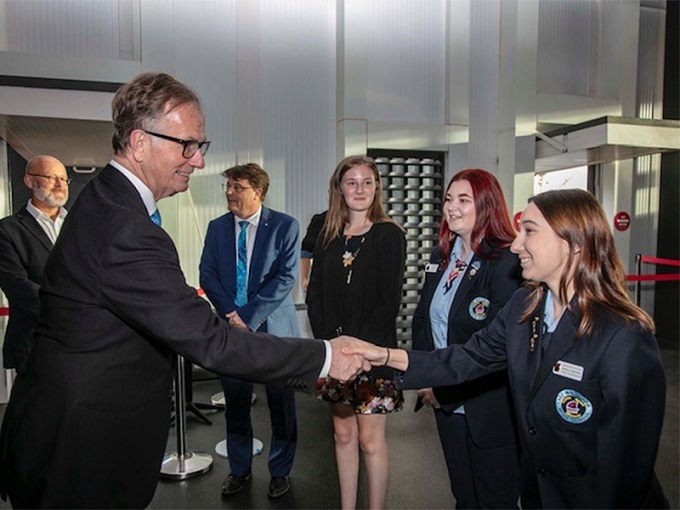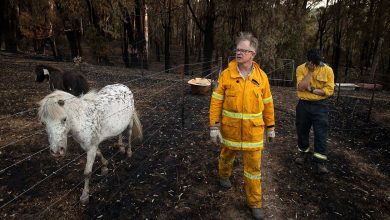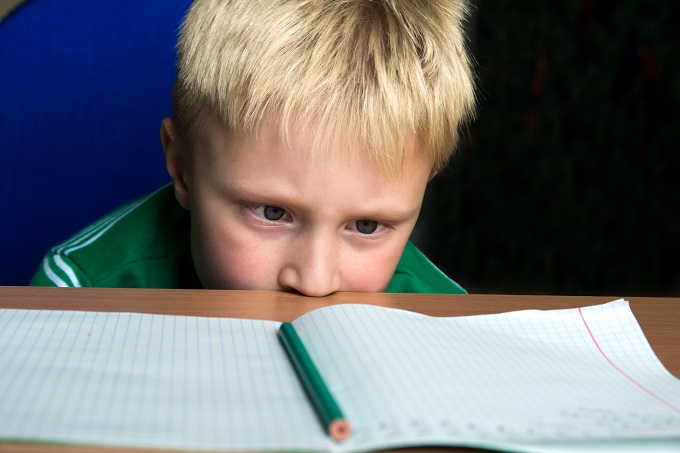40% of year 12s suffer high anxiety. At exam time, here’s what parents can do to help
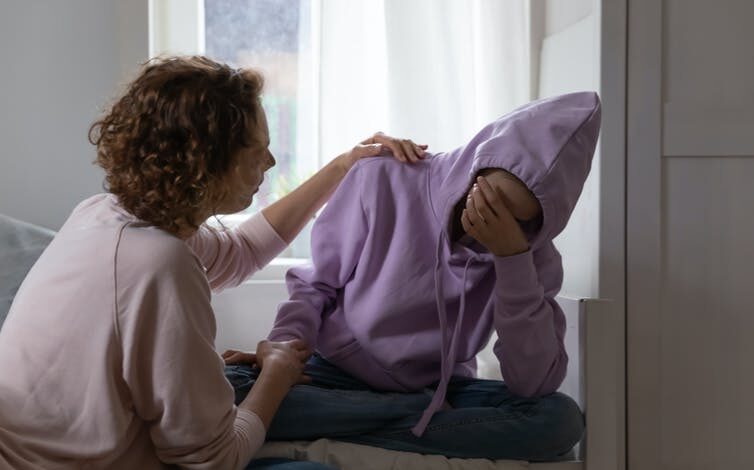
Parents can feel hopeless when their children experience the huge emotional burden that comes with final-year exams. Sometimes our best intentions may actually make our children (and ourselves) feel worse. Previous research has found more than 40% of year 12 students experience anxiety symptoms high enough to be of clinical concern.
In 2021, varying degrees of COVID-19 lockdowns have added an extra stress layer for everyone, not least young people feeling disconnected from their friends and schools. The following four strategies will help parents support their children through the coming weeks of year 12 exams.
1. Help teens name their feelings
“Name it to tame it” is a parenting strategy developed by psychiatrist Dan Siegel. This approach is about helping children name what they are feeling as the first step towards helping them reduce the impact of that emotion.
A parent’s automatic response like “stop stressing, you’re smart so you’ll be fine” can actually cause a child to feel worse as their emotional experience is not being validated. By naming what the feeling is (even if guessing), a parent can begin to support and understand the young person.
When a parent notices their child becoming frustrated with study, they could say something like “Studying can be really frustrating. I bet you wish the exams were over.” Sometimes the child can then breathe a sigh of relief that the important adult in their life sees their struggle, understands their distress, and is able to be there with them in that tough moment.
2. Offer helpful choices
Once a child feels their emotional experiences are being validated and acknowledged, the next step could be to offer some choices to help them feel less distressed. Offering choices is important because we want to give the young person some choice and control over something in their lives. This can counter-balance feelings of having no power, control or choice.
So, rather than saying “I’ll get you some water to help you feel better”, a parent could make a slight change to the question by asking: “Hey, I could get you some water, or something to eat? Or you could take a break and have a snack with me in the kitchen. What would help you right now?”
3. Support and guide perspective-taking
When anyone, regardless of age, is going through a stressful time, our unhelpful thinking patterns usually become strong and powerful. For teenagers completing end-of-school exams, it is likely certain thought patterns are contributing to their feelings of stress, anxiety, hopelessness and helplessness.
Confirmation bias, for example, is when a person only pays attention to what they believe. Subconsciously, they ignore any information that does not align with that belief. A common belief for students is “I’m going to fail”. Talking to the young person about other perspectives may help them see the situation from other perspectives.
A common request psychologists make in these situations is: “Tell me all of the evidence that your belief you’re going to fail might be true.” Then they ask: “Now tell me all of the evidence that your belief you’re going to fail might not be true.”
On the whole, reality exists somewhere in between these two answers. It may seem counter-intuitive to encourage a young person to talk about all of the reasons they think they will fail, but they are thinking these thoughts in their heads anyway. The important piece is to counter-balance their view with other views.
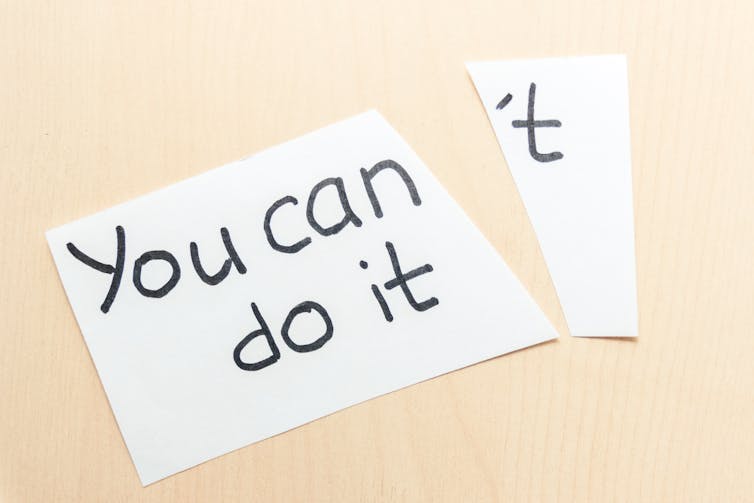
If the young person is struggling to come up with any evidence they might not fail, the parent can offer some ideas. Again, remember this is about empowering the young person, not telling them what they should think (such as “Don’t be ridiculous, you won’t fail”). It’s about helping them with perspective-taking in times of stress, rather than dismissing their belief because it makes us feel uncomfortable.
4. Self-compassion
Parenting is hard. Studying and sitting exams is hard. It is important to remind parents that the emotional struggles they experience and the big feelings their children experience are a part of life and a part of what everyone across the world goes through.
We can choose to be kind to ourselves in these moments of struggle and stress and think about giving ourselves the compassion we need. For parents and children alike, this can be as simple as listening to yourself like you would listen to a good friend. Respond to your own stress and emotional pain as you would respond if your close friend was feeling it.
We tend to be very critical and harsh with ourselves, but kind and compassionate to others. So next time as a parent you are thinking “I’m such a bad parent, my child is so stressed, I can’t help them, I’m useless”, try to find some words of kindness for yourself. Something like “Wow, this is really tough. I’m doing the best I can. I can get through this.”
Dr Kristin Neff is a leader in self-compassion research and practice and has many useful resources on her website.
Naming feelings, offering choices, perspective-taking and self-compassion can help instil hope for parents and children as they navigate end-of-school exams across Australia.
If this article has raised issues for you or your child, you can call Lifeline on 13 11 14 or Kids Helpline on 1800 55 1800.![]()


